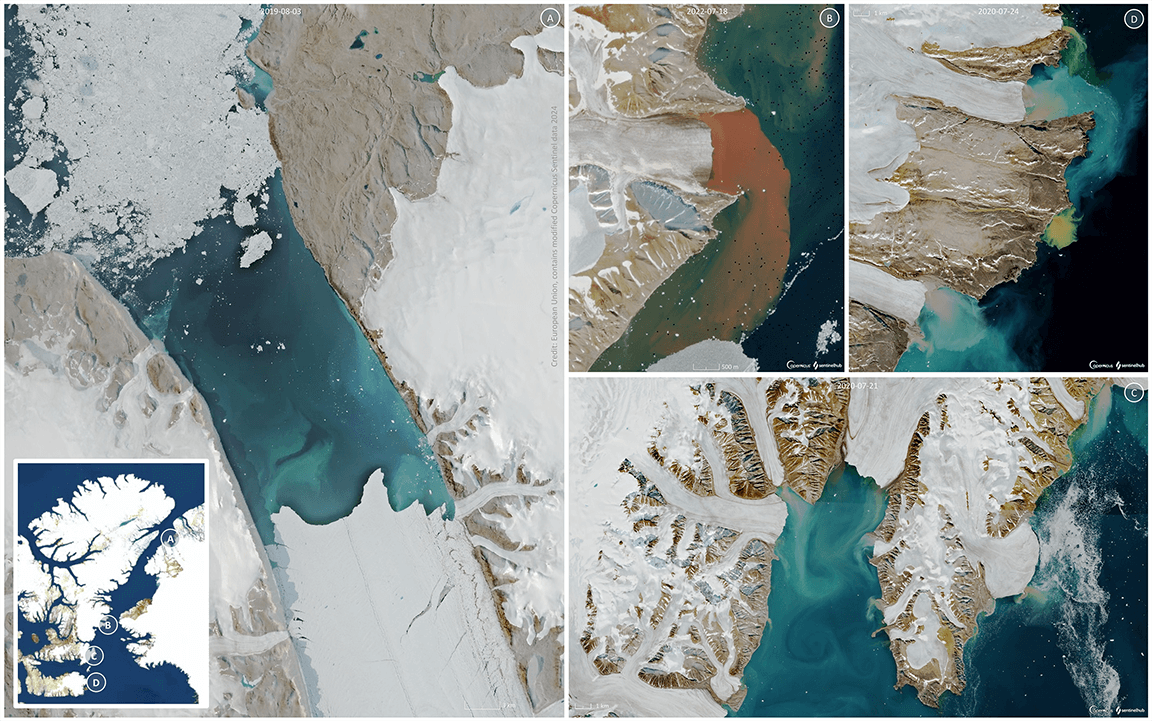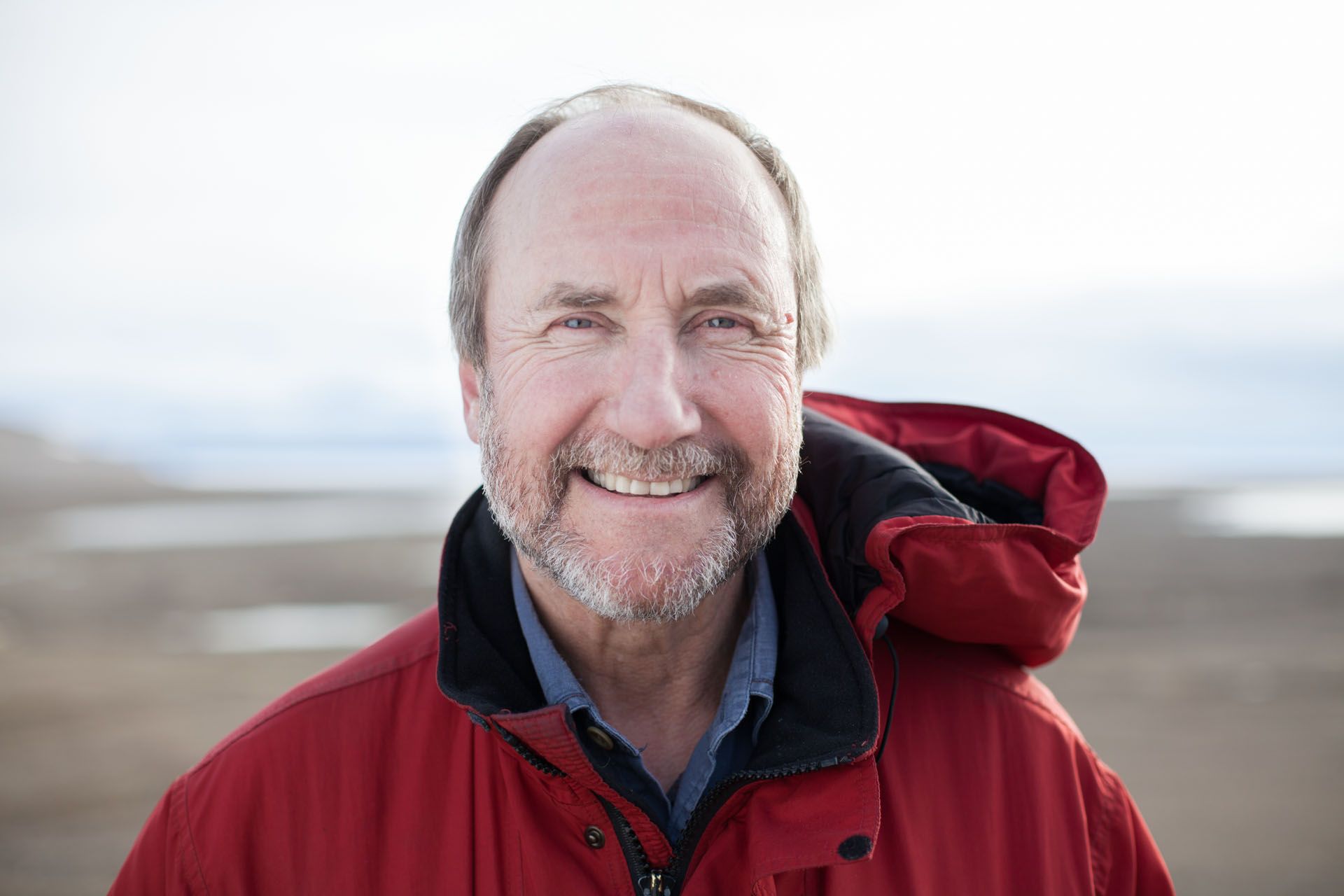Concerted actions for the last ice area
In 2019, a vital area covering some 320,000 km² located at the northern tip of Ellesmere Island was named a marine protected area. This designation was made possible through the concerted research efforts of local indigenous organizations, government bodies and university research teams, in particular those of Sentinel North at Université Laval.
Data collected over several years, as well as numerous intersectoral consultations and summaries, resulted in the development of implementation and conservation plans for the Marine Protected Area of Tuvaijuittuq – which means “the place where the ice never melts” in Inuktitut. This ice area, which is home to the oldest and thickest sea ice in the Arctic Ocean, is regarded as the last refuge for endemic species which depend on sea ice, but it also plays an important role in ocean circulation and the global climate. The Arctic is experiencing climate warming at a rate four times faster than the rest of the world and therefore protecting this area against the impacts of industrial activities is not only vital for Arctic ecosystems, but also for the planet as a whole.
Legend: Marine-terminating glaciers, land-terminating glaciers and ocean interactions. Sentinel-2 images: (A) Petermann Glacier, (B) Lyman Glacier in the Prince of Wales Icefield, (C) Glaciers in the Manson Icefield, (D) Glaciers of the Devon Island ice cap. Credit: Karen Nieto

Aware of the importance of this area, which remains under-researched, and the risks of it disappearing in the coming decades, scientists at Université Laval and their partners are continuing to advance the knowledge needed to make informed decisions and ensure the sustainable management of the Tuvaijuittuq Marine Protected Area and the adjacent Quttinirpaaq National Park. The efforts are ongoing, especially with respect to better understanding the various microscopic life forms and their role in biogeochemical cycles. As a case in point, the REFUGE-ARCTIC international research program is working on establishing a baseline for the interactions between ocean circulation, marine life, sea ice and the atmosphere.
Actions with a lasting impact
The scope of the work on this last ice area goes well beyond the hundreds of related scientific articles that will be published in coming years. Its tangible results will facilitate all work conducted by future research teams, work which will ultimately help anticipate changes occurring worldwide and better prepare for them.

“This scientific adventure, which is equally a social one, has been nothing but beneficial for everybody. We are only just beginning to grasp the full significance of this legacy, which will be felt for decades to come.”
- Warwick Vincent, Professor, Department of Biology, Université Laval
